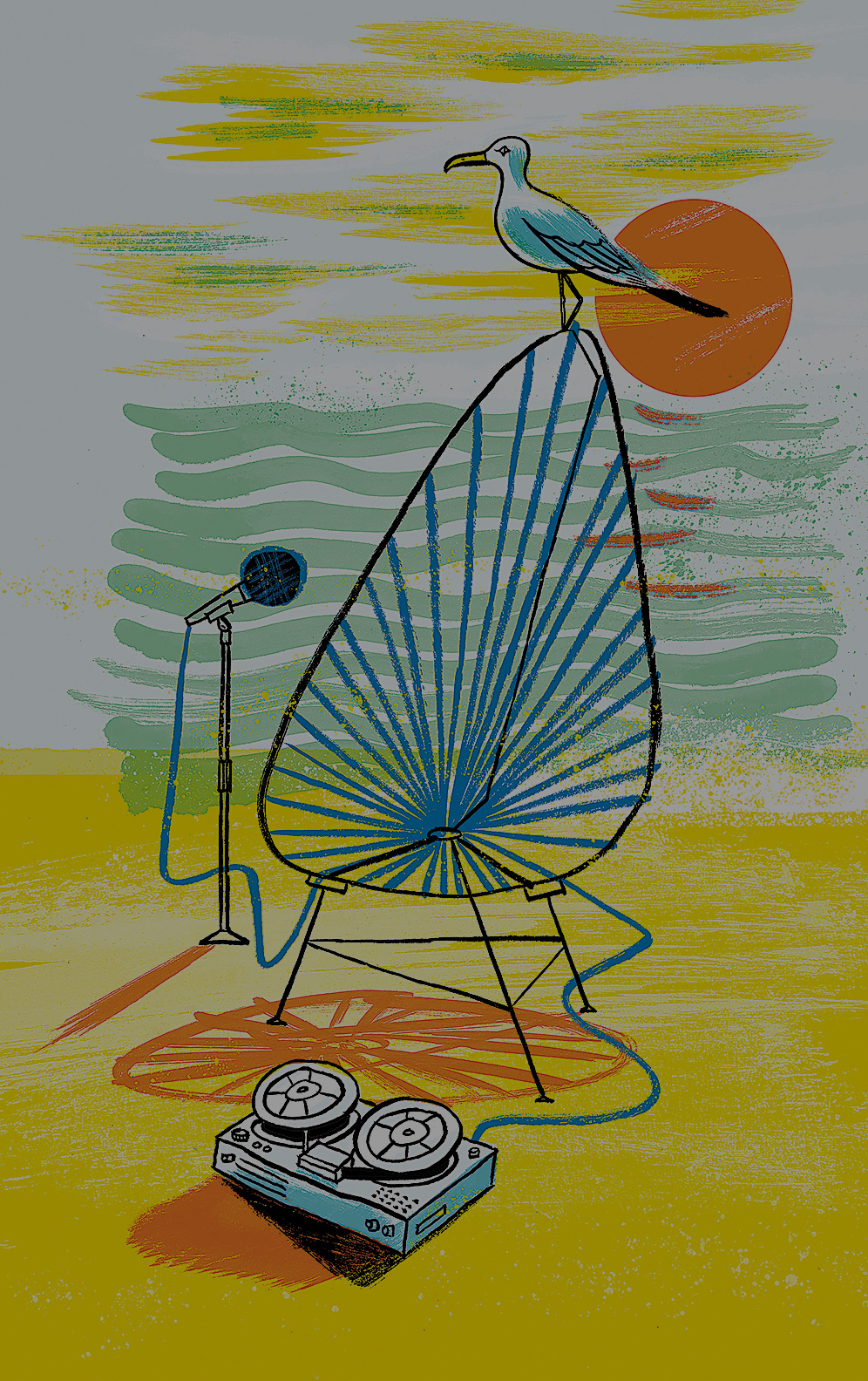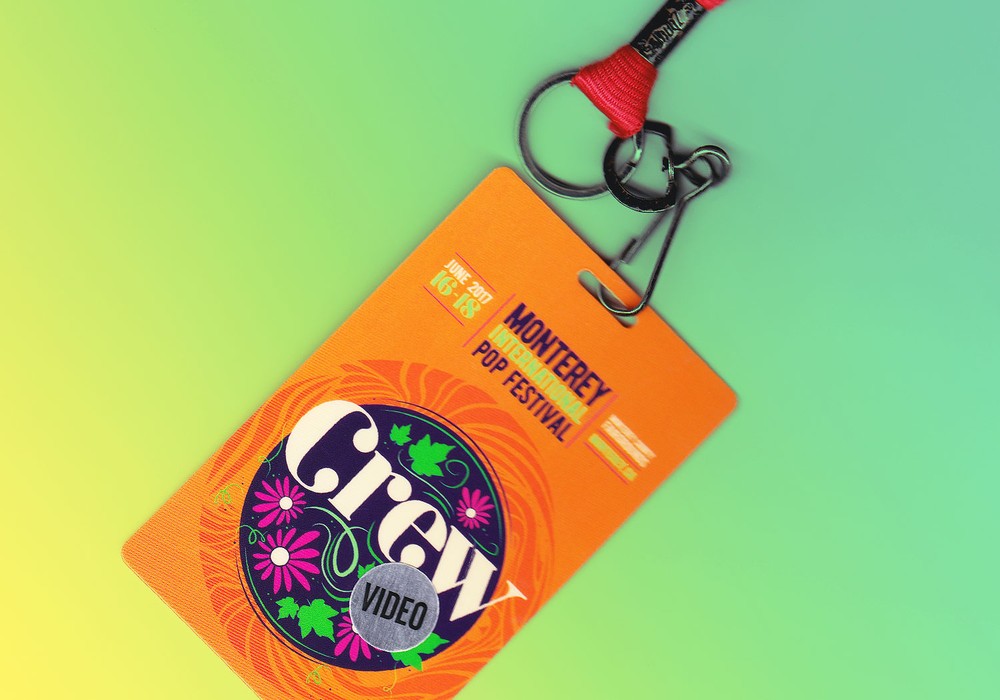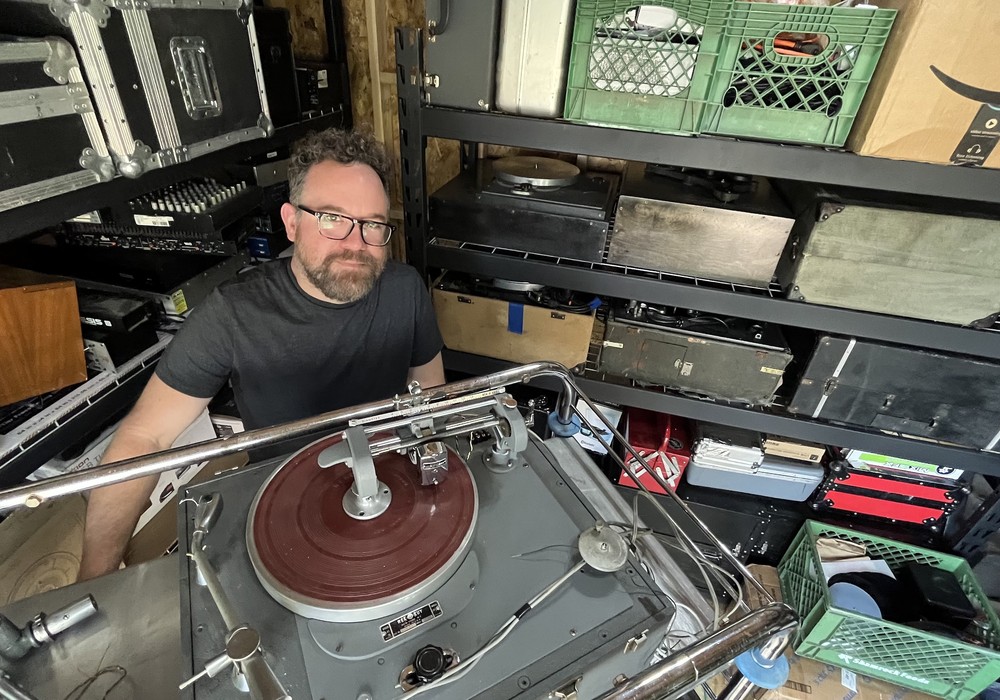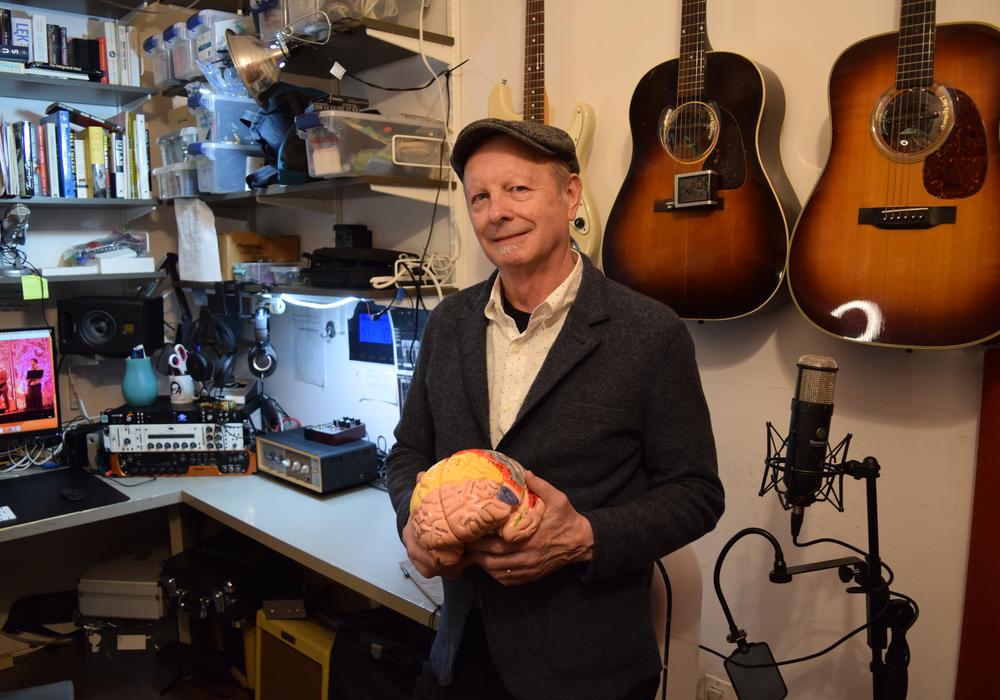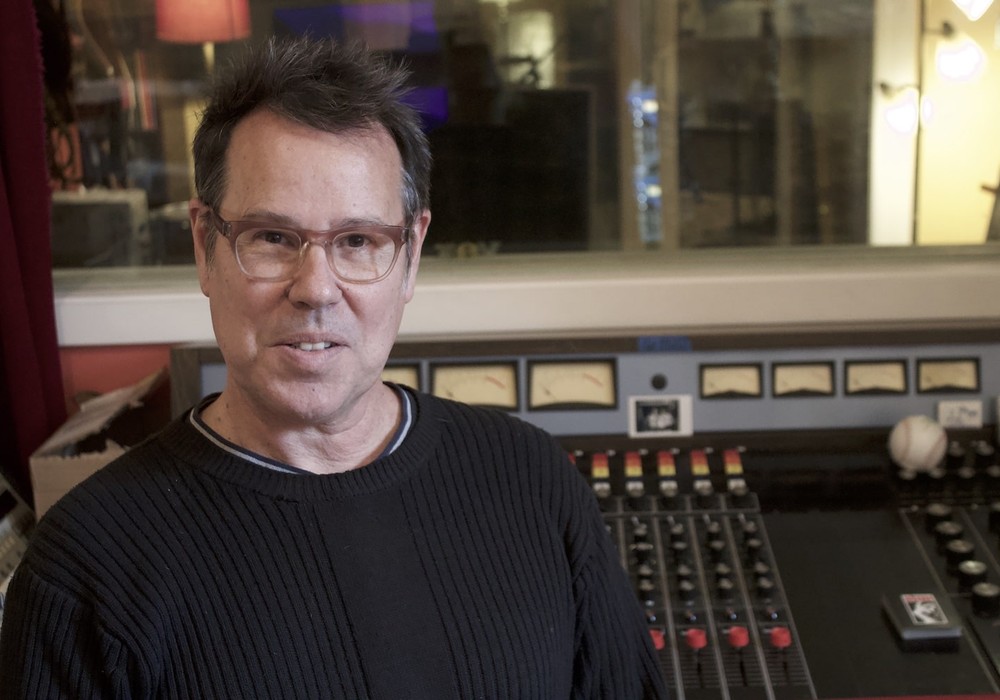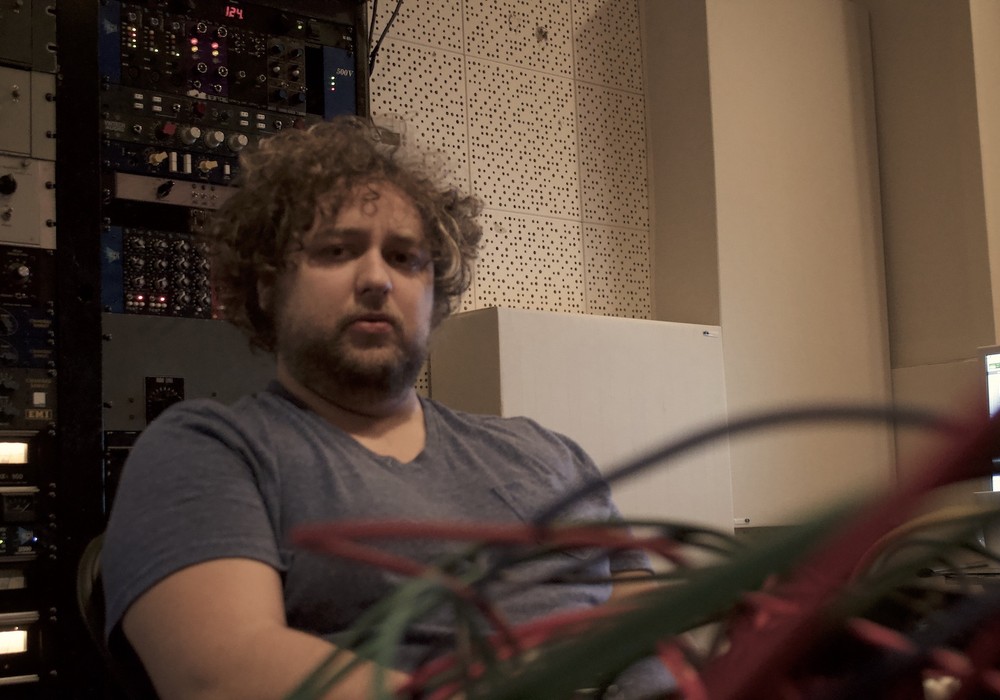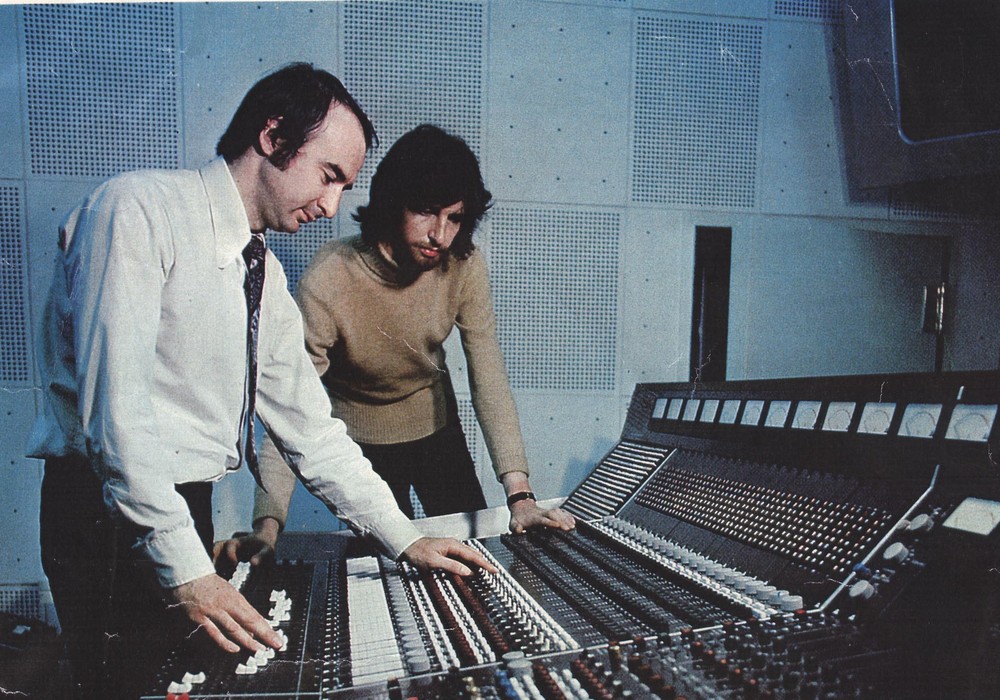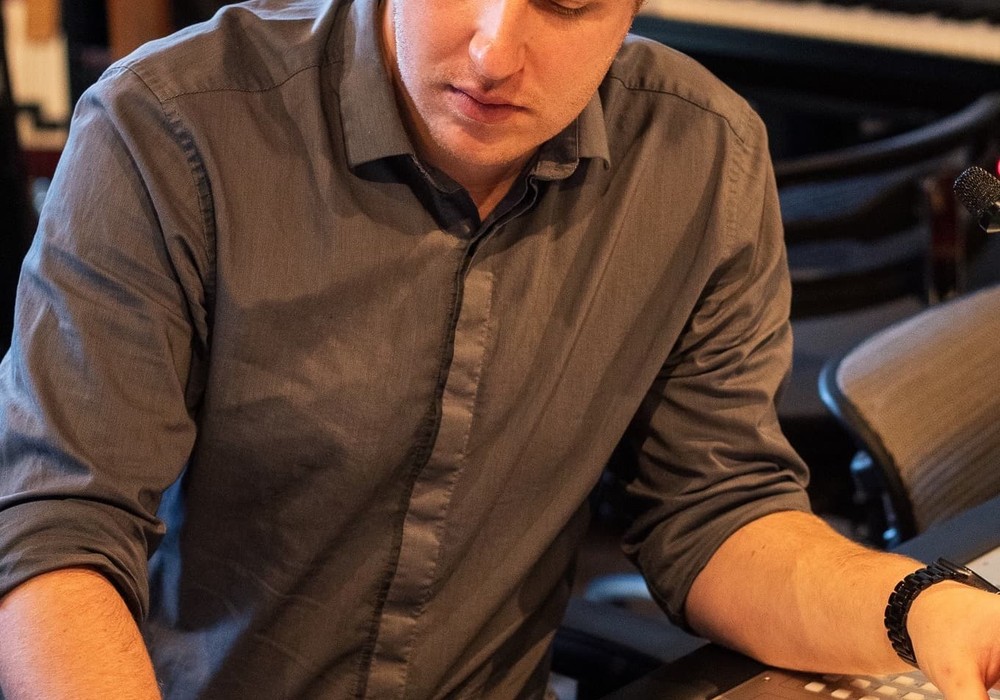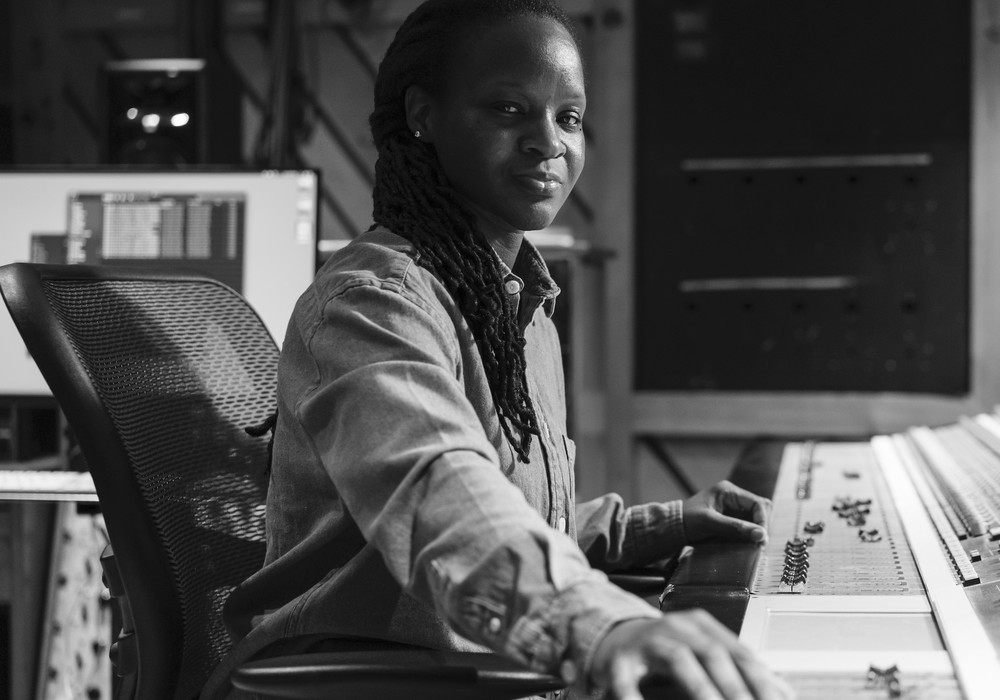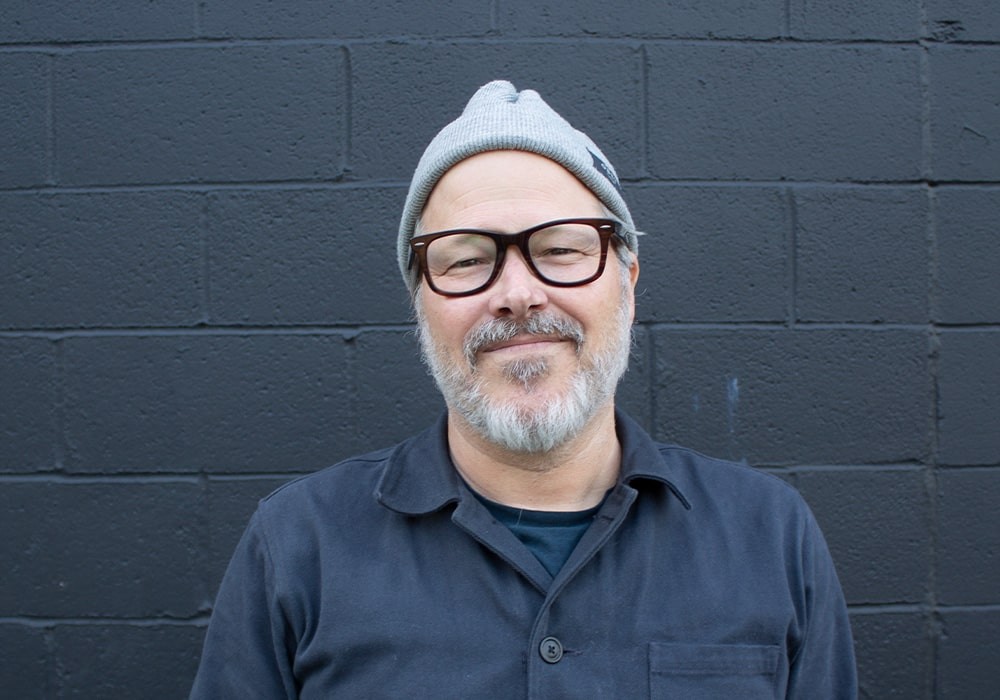So my phone rings, and Tape Op contributor Jesse Lauter tells me he needs some help putting together a multitrack recording rig for a documentary film he is co-producing on the 50th Anniversary Monterey International Pop Festival. "I think we can make that work," I said, "When is the show?" "Oh, 12 days from now?" Needless to say, we were scrambling to pull together a recording rig. I have a 24-input remote setup, but we needed 48 inputs (plus audience mics) in order to capture all the various signals coming off stage for each of the eight sets per day of the three-day festival.
We initially looked at the discontinued Tascam X-48 (standalone hybrid hard disk workstation) but it only has 48 inputs. Then we looked at the Tascam DA-6400 (digital multitrack recorder/player) for the capture, as it has 64 inputs and removable SDD drives that could capture over 14 hours per drive at 48 kHz/24-bit. After talking with Eric Larsen and Jeff Laity at Tascam, we settled on the DA-6400 as our capture unit and needed to sort out our front end. The DA-6400 uses MADI, AES/EBU, or Dante for inputs. After talking with our resident Gear Geek/reviews editor, Andy Hong, we felt that Dante made the most sense as it used Cat6 Ethernet cabling, making interfacing affordable, easy to run, and space efficient. Our next call was with Matt Pliskin at Focusrite, who helped us sort out the details and options of using their RedNet system. The great thing about the RedNet gear for our application was that the digital I/O for each unit was Dante on a single Cat6 connector. Focusrite ended up supplying us with six RedNet 4 units, their 8-channel mic pres, and one RedNet 2 unit which has 16 analog line inputs and outputs. By now we had our rig, but we were missing one last piece of the puzzle; a redundant backup of the recording. As this was live we only had one shot at capturing all the performances, and we wanted to make sure we had two copies running in case of a drive issue or anything of that nature. Matt at Focusrite suggested we run a DAW in parallel off the Dante network. I'm most comfortable using Pro Tools, but unless we had an HDX rig – which we didn't have the budget for – we could only do 32 inputs in Pro Tools. Matt Suggested we look into Reaper [Tape Op #80] using Dante Virtual Soundcard as the audio engine, as there is no limit on the track count.
It was three days prior to the festival when all the equipment was in front of me. I had never used Dante or Reaper, and I had a bit of work and learning to do! The first step was to set up my Dante network with Dante Controller a free software application that senses all the devices on a Dante network and lets you route inputs and outputs between devices. Besides the DA-6400, I had a 2015 era Mac Mini running Reaper that I was also using to set up the Dante network. The last two pieces of software in the system were RedNet control and Dante Virtual Soundcard (DVS). DVS is exactly what it sounds like, a piece of software that turns the Ethernet port of a PC into a Dante sound card. RedNet Control also does what you'd expect it to, control multiple RedNet devices over Ethernet. Focusrite also supplied us with a ten port Cisco SG300-10 Ethernet switch. All of my Dante connections went through the Cisco. The first seven ports were from the Focusrite RedNet units. Port eight went to the DA-6400. Port nine went to the Ethernet port on the Mac Mini, and via Dante Controller routed all 64 inputs into Reaper and the DA-6400. Once I got everything patched in, it was a simple process to route each of the Focusrite Red units’ outputs in banks of eight to the DA-6400 and the Mac Mini, until I had all 64 outputs of the RedNet units showing up on the DA-6400 and in Reaper on the Mac. Lastly, I routed outputs one and two of Reaper to the first two outputs of the RedNet 2 unit and patched those into a Grace M903 [Tape Op #68] headphone amp and monitor controller, so I could monitor what we were recording. I had a fair bit of confidence in the Tascam DA-6400, but I was a bit skeptical about all 64 channels being routed into the Mac on a single Ethernet cable. To my surprise the combo of Dante Virtual Soundcard and Reaper worked flawlessly. With 56 tracks of audio in record mode at all times, the CPU usage in Reaper was at only 5%, which was very impressive! Using Reaper via...
